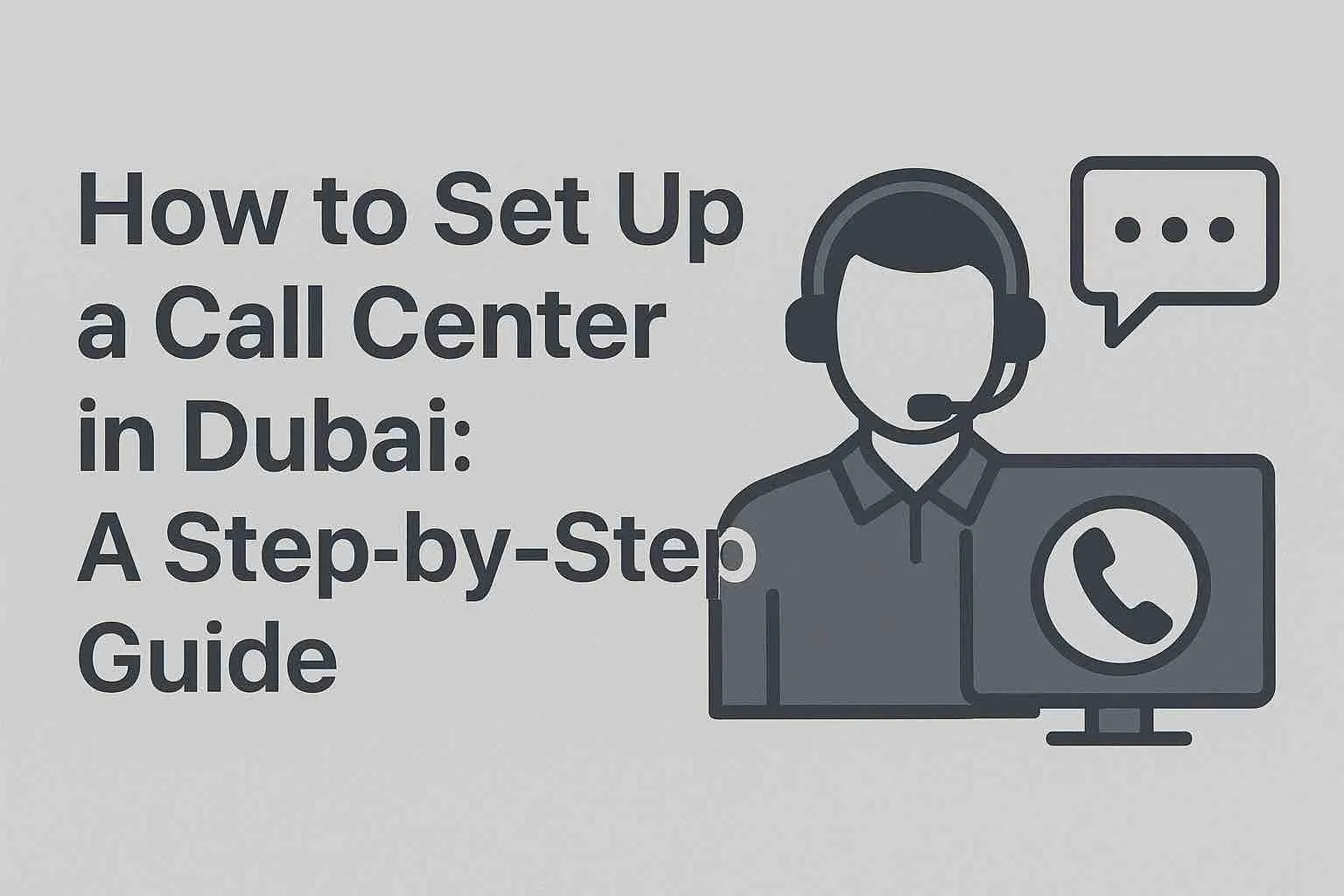Customer Data Security in Call Centers: Best Practices for Compliance
Call centers handle a wealth of sensitive customer information daily, making data security a top priority.
Sept. 25, 2023, 3 min read,

Call centers are at the frontline of customer service, playing a pivotal role in shaping a company's reputation and customer satisfaction. To gauge their effectiveness and continuously improve, call centers rely on a set of key metrics and Key Performance Indicators (KPIs).
First Call Resolution measures the percentage of customer inquiries or issues that are resolved during the initial contact with a call center agent. High FCR rates indicate efficient problem-solving and a positive customer experience.
Average Handle Time represents the average duration an agent spends on a call, including talk time and post-call wrap-up. Lower AHT values indicate efficient call handling, but it should not compromise service quality.
Customer Satisfaction measures the level of satisfaction among customers after interacting with the call center. It's often measured through post-interaction surveys or feedback. High CSAT scores are a strong indicator of a well-performing call center.
Net Promoter Score assesses customer loyalty and likelihood to recommend a company's products or services. It's measured by asking customers how likely they are to recommend the company on a scale of 0 to 10.
Service Level measures the percentage of calls answered within a specific timeframe. A commonly used benchmark is answering 80% of calls within 20 seconds. Maintaining a high service level ensures that customers don't face long wait times.
Abandonment Rate represents the percentage of callers who hang up before speaking to an agent. High abandonment rates may signal problems with call routing or excessive wait times.
Agent Occupancy Rate calculates the percentage of time agents are actively engaged with customers or tasks. While higher occupancy rates can indicate efficiency, excessive occupancy can lead to burnout and reduced service quality.
Call Quality and Monitoring involves regular evaluations of calls for adherence to scripts, compliance with company policies, and the quality of interactions. It helps identify training needs and areas for improvement.
Agent Turnover Rate measures the percentage of call center agents who leave their positions within a specific period. High turnover can lead to increased recruitment and training costs and negatively impact service quality.
Forecast Accuracy measures how closely predicted call volumes match actual call volumes. Accurate forecasting ensures adequate staffing levels to meet customer demand.
Cost per Call assesses the average cost incurred for handling each customer call. Managing CPC efficiently is crucial for optimizing operational costs.
Schedule Adherence evaluates how well agents stick to their assigned work schedules. It helps in managing staffing levels and ensuring consistent service quality.
Measuring call center performance is essential for providing exceptional customer service, optimizing efficiency, and achieving business objectives. By tracking these key metrics and KPIs, call center managers and operators can gain valuable insights, identify areas for improvement, and continually enhance the customer experience. In the ever-evolving landscape of customer service, leveraging data-driven insights is a must for staying competitive and meeting customer expectations.
📞 Contact us at +971509956240
🌐 Visit our website at www.arcnetuae.com
Call centers handle a wealth of sensitive customer information daily, making data security a top priority.

With the rise of Artificial Intelligence (AI), companies are finding innovative ways to revolutionize their customer feedback services

Embracing Technology for Enhanced Patient Care

Customer service is not just about solving problems and answering questions; it's also about understanding human psychology and emotions. Call centers are at the forefront of this intricate interaction, where every conversation can impact customer satisfaction. In this article, we delve into the psychology of customer service and how call centers can harness it to leave customers delighted.

In this article, we'll explore the key strategies that can transform your training program and empower call center agents to excel in their roles.

Branch connectivity is a crucial aspect of modern business operations...

In this article, we'll explore the pros and cons of each approach to help businesses make an informed choice.

Get know about The Internet of Things (IoT): Connecting the Smart World

In this article, we will delve into the crucial role of DNS in the internet, its function, and its significance in simplifying our online experience.

Voice over Internet Protocol (VoIP). what you should know about it.

Do you need to install a server in your place or do you need outsourcing?

Technical services for installing and setting up servers and supporting servers such as HP and Dell at your' place

video surveillance setups, CCTV gear with setup and installtion services.

In today's globalized business landscape, powerful communication and customer service are vital for achievement.

One question many business owners often wonder is whether they need a call center solution.

It's crucial to understand the essential software and equipment required to set up a call center. In this article, we'll walk you through the key components you need to establish a functional call center.

IPv4 vs. IPv6: Navigating the Transition to the New Internet Protocol

In today's world, fast internet is important. There are two common ways to get it: Fiber-to-the-Home (FTTH) and Digital Subscriber Line (DSL).

Acronyms like DSL and VDSL often leading to confusion about their meanings and capabilities. Are they the same thing? Or do they represent distinct technologies?

"This has been by far the worst airline call center experience I've ever had"

Explore the latest advancements in access control technology, from IoT integration and touchless entry to biometric authentication and AI-driven automation, ensuring robust and efficient security solutions for modern workplaces.

In a fast-paced digital world, where communication and technology are vital, ArcNet stands as your reliable partner for all your IT and Telecom needs.

Enhance your business communication with ArcNet’s cutting-edge Call Center Solutions in Dubai, UAE. From advanced software to customized projects, we empower businesses with scalable, efficient, and cost-effective call center services tailored for success.

Discover how custom IT applications are reshaping the landscape of education, fostering innovation, accessibility, and collaboration.

Deliver exceptional customer service and improve agent efficiency with our Call Center Solution, available on-premise or in the cloud

Structured cabling refers to the standardized, organized, and comprehensive cabling system that serves as the foundation for all communication networks within a building or campus....

Building connections that matter — discover how to set up a powerful call center in Dubai with the right technology, people, and local expertise

Here’s a simple breakdown of on-premise vs. cloud contact centers — setup time, costs, scalability, and compliance tips to help you choose what fits your business best.

Find the perfect call center setup for your Dubai business — scalable, bilingual, and built for UAE success with ArcNet.
